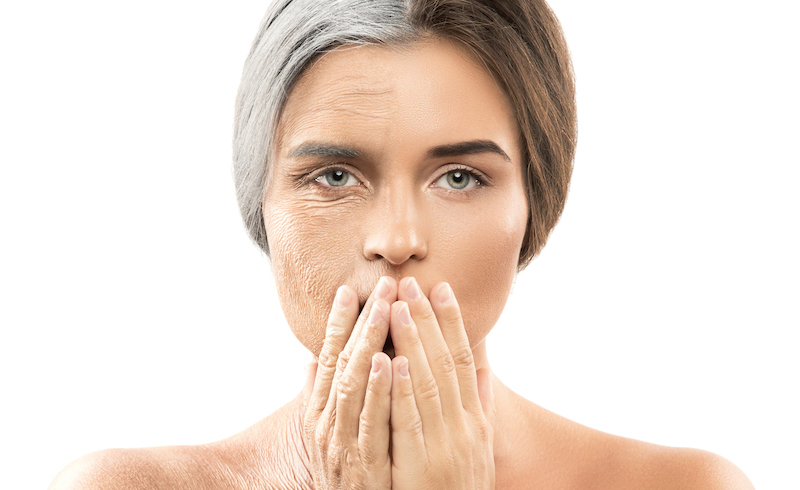There may be times when a person looks in the mirror and appears worn-out or tired. These instances can occur in spite of the fact that a person tried to take care of their skin.
Ultimately, an individual can show signs of aging facial skin at any time. But, with the right approach, anyone can correct aging facial skin before it becomes a long-term issue.
What Are the Most Common Signs of Facial Aging
Certain signs of facial aging can crop up without notice. If left unaddressed, these issues can escalate. They can even reach a point where they severely damage an individual’s facial appearance.
Those who can identify common signs of facial aging are well-equipped to correct such issues in their early stages. Now, let’s look at six common signs of facial aging and what can be done to address them.
1. Loose or Sagging Skin
Typically, the facial skin remains firm. If an individual pulls firm facial skin, it will instantly snap back into place. Yet, an individual’s skin will begin to lose its elasticity starting as early as the mid to late 30s. This results in sagging skin and wrinkles along the face and neck.
Too much sun exposure can contribute to loose or sagging facial skin as well. Spending long periods of time in the sun can hinder elastin and collagen production. The result: extended sun exposure can cause loose, sagging facial skin and other skin issues.
The consumption of excessive amounts of alcohol can result in loose or sagging skin, too. Alcohol removes fluid from the skin, which causes dehydration. This increases the likelihood of loose or sagging skin on the face.
2. Loss of Facial Volume
Facial volume loss tends to be gradual. The facial skin loses volume due in part to the natural aging process. However, several factors can accelerate the loss of facial volume.
Individuals will begin to look constantly tired as they get older because they lose fat from their faces. This can make a person’s face look hollow. It can also cause a person to look exhausted, despite the fact that he or she may feel fine.
Meanwhile, excess sun exposure can cause a person’s facial volume to deteriorate. Much in the same vein, people who smoke regularly may be more prone than others to facial volume loss.
Sudden weight loss also can impact facial volume. For instance, someone who goes on a “crash” diet may lose a significant amount of weight in a short period of time. This diet can be effective since it allows an individual to shed pounds. At the same time, the diet can be dangerous, as it can cause rapid weight loss that puts an individual’s overall health and wellbeing at risk. And, those who engage in a crash diet can experience a drastic loss in facial volume.
3. Jowls
Jowls consist of sagging skin that develops below an individual’s jawline or skin. They begin to form with age as a result of volume loss and sagging skin.
Loss of elastin and collagen in the face is one of the leading causes of bowling. If elastin or collagen loss occurs, the cheek skin becomes looser than ever before. At this time, the skin near the mouth and chin can sag, resulting in jowls.
People can experience jowls due to genetics. Individuals with a family history of jowling are more susceptible to this issue than others. They can experience jowls even if they maintain a healthy lifestyle and maintain a skin care regimen.
4. Facial Shape Changes
As a result of all the above-mentioned signs of aging, the face can lose its youthful heart-shaped appearance. As the skin sags and volume decreases, many people start to notice their face shape becomes more rigid and less elegant than it was in the past.
People can experience a wide range of facial shape changes over the course of a lifetime. For instance, people can lose facial muscle tone, which causes facial drooping. Or, people can experience jowling that results in a double chin.
5. Sun Damage and Rough Skin Texture
The sun can be problematic relative to skincare. If a person spends too much time outdoors without protecting their facial skin against the sun, he or she risks lines, wrinkles, and other visible signs of aging. This individual also can experience rough skin texture.
6. Discolored Skin
Skin irritants, the sun’s ultraviolet (UV) rays, and air pollution can cause skin discoloration. These issues can make the skin appear uneven and dull. They also can lead to acne scars and dry, flaky skin that can make people appear older than their actual age.













